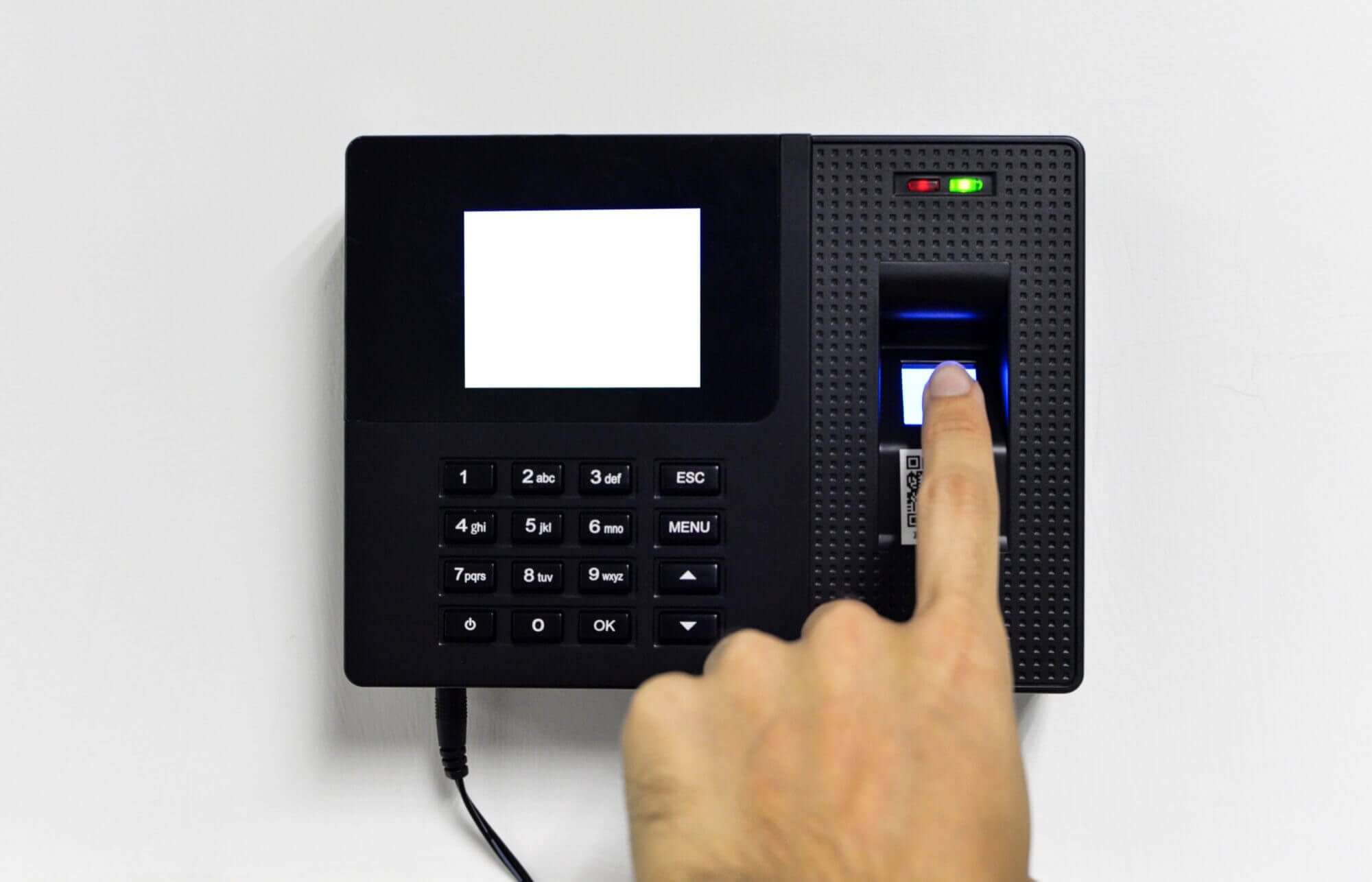Maximizing Workplace Security: A Deep Dive into Biometrics in HR Systems
Imagine walking into your office, with no ID badges, no passwords, just a quick scan of your fingerprint or a smile for a facial recognition camera, and voila, you’re in! Intriguing, right? That’s the power of biometrics, and it’s revolutionizing how we secure and streamline HR systems. With the escalating need for robust security measures and the limitations of traditional security mechanisms, it’s no wonder many organizations are eyeing biometrics. This guide dives into the realm of biometrics in HR, laying out how it’s reshaping the workplace security landscape.
The Basics of Biometrics in HR Systems
Defining Biometrics and Its Types
Biometrics, in essence, refers to the statistical analysis of biological data. In the context of HR systems, it means using unique physical or behavioral characteristics—think fingerprints, facial patterns, voice recognition—for identification and access. Each person’s biometric data is unique and cannot be replicated by another individual. making it a secure and efficient way to authenticate identity.
How Biometrics Work in HR Systems
Incorporating biometrics into HR systems streamlines the authentication process. For instance, instead of memorizing a password, employees can gain access to systems or facilities through a fingerprint or facial scan. This adds a layer of security while also saving time.
The Advantages of Using Biometrics for HR Security
Besides the obvious perk of enhanced security, biometrics offer a multitude of benefits. They eliminate the need for physical badges or passwords, reduce the risks of unauthorized access, and even cut down administrative overhead. Plus, they’re pretty cool!
Key Areas of Biometric Integration into HR Systems
Recruitment and Onboarding Processes
- Streamlining Candidate Verification: Biometrics can quickly verify identities, speeding up the background check process.
- Ensuring Accurate Background Checks: With biometric data, there’s little room for error, ensuring that only qualified candidates make it through.
- Enhancing New Hire Experiences: Imagine a smooth, high-tech onboarding process that impresses new hires from day one.
Time and Attendance Tracking
- Reducing Time Theft: Biometrics ensures that the person clocking in is indeed the employee and not a buddy punching in for them.
- Improving Accuracy of Timekeeping: Say goodbye to manual errors in logging work hours.
- Facilitating Remote Work Authentication: Even when working from home, biometrics can authenticate employee identities, fostering trust and flexibility.
Access Control and Authentication
- Securing Sensitive HR Data: With biometric authentication, only authorized personnel can access confidential information.
- Managing Employee Access Privileges: Utilizing biometrics simplifies the customization and management of access permissions of employees.
- Implementing Multi-Factor Authentication: For heightened security, biometrics can be part of a multi-factor authentication system, adding an extra layer of protection.
Overcoming Challenges with Biometric Integration
Addressing Privacy Concerns
- The introduction of biometrics in the workplace raises privacy issues. It’s crucial to be transparent, educating employees about the utilization and safeguarding of their data.
- Developing and implementing data protection protocols is non-negotiable. Adhering to legal and ethical frameworks ensures trust and compliance.
Technical and Implementation Hurdles
- Choosing the right biometric technology and seamlessly integrating it into existing HR software requires thoughtful consideration.
- Systems should be scalable and flexible, capable of growing and evolving with the organization.
Ensuring User Acceptance and Adoption
- Training and educating staff about the benefits and operation of biometric systems is key to adoption.
- Offering alternatives for those uncomfortable with biometrics ensures inclusivity.
The Future of Biometrics in HR
Emerging Trends in Biometric Technology
The biometric field is ripe with innovations that promise even faster and more secure systems. From vein pattern recognition to gait analysis, the possibilities are endless.
The Role of AI and Machine Learning in Biometrics
Biometrics paired with AI and machine learning can do wonders, like predicting recruitment outcomes or customizing employee experiences based on biometric feedback.
Strategic Considerations for Long-Term Success
Keeping abreast of technological advances while balancing security with convenience will be critical as biometrics continue to evolve in the HR landscape.
Conclusion
From streamlining recruitment to securing sensitive data, biometrics offer a world of benefits. As we embrace this technology, it’s essential to navigate the challenges with care, ensuring privacy, acceptance, and technical soundness. Let’s step into the future of workplace security with open arms and eyes wide open to the potential of biometrics in HR systems. Here’s to a safer, more efficient workplace!


